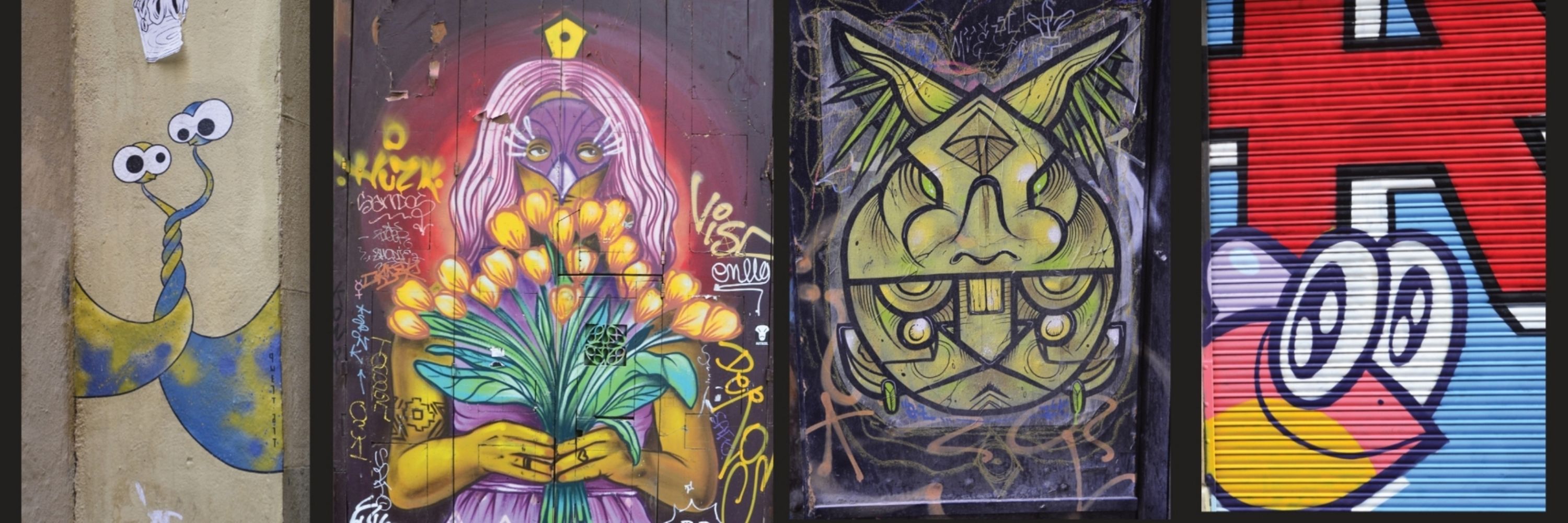
Join us for the “Learn • Connect • Innovate” Co-Designing Workshop Series, part of the @lumen-eu.bsky.social project to shape the future of open science tools, workflows, and collaboration across disciplines.
lumenproject.eu/learn-connec...
𝗠𝗼𝗿𝗲 𝗶𝗻𝗳𝗼𝗿𝗺𝗮𝘁𝗶𝗼𝗻: https://lnkd.in/dheCucjj

𝗠𝗼𝗿𝗲 𝗶𝗻𝗳𝗼𝗿𝗺𝗮𝘁𝗶𝗼𝗻: https://lnkd.in/dheCucjj
We solved the cryoEM structure of the T7SSb core unit (T7bCU) composed of YukB, YukC, and YukD from Bacillus subtilis, revealing how these components assemble within the secretion machinery.
www.science.org/doi/10.1126/...

We solved the cryoEM structure of the T7SSb core unit (T7bCU) composed of YukB, YukC, and YukD from Bacillus subtilis, revealing how these components assemble within the secretion machinery.
www.science.org/doi/10.1126/...
The secrets of bacterial cell envelopes' our free online seminar series is due to resume in January 2026 after a long break.
Hosted by Georgina Benn and Syma Khalid- supported by the Microbiology Society. More details soon.
@microbiologysociety.org
Please spread the word
The secrets of bacterial cell envelopes' our free online seminar series is due to resume in January 2026 after a long break.
Hosted by Georgina Benn and Syma Khalid- supported by the Microbiology Society. More details soon.
@microbiologysociety.org
Please spread the word
Our preprint is out, curious to hear your take! 👀
www.biorxiv.org/content/10.1...
Our preprint is out, curious to hear your take! 👀
www.biorxiv.org/content/10.1...
pubs.acs.org/doi/10.1021/...

pubs.acs.org/doi/10.1021/...
Enjoy this and many other talks from previous AI4Science speakers!
Enjoy this and many other talks from previous AI4Science speakers!
www.nature.com/articles/s41...

www.nature.com/articles/s41...
What kind of AI companion do you need to support you with your research? Let us know by joining us on Wednesday or Friday of this week.
Register here:
https://ow.ly/WNlQ50XsyQ5

What kind of AI companion do you need to support you with your research? Let us know by joining us on Wednesday or Friday of this week.
Register here:
https://ow.ly/WNlQ50XsyQ5
Thanks to FRM @frm-officiel.bsky.social and CNRS @cnrsbiologie.bsky.social
academic.oup.com/nar/article-...

Thanks to FRM @frm-officiel.bsky.social and CNRS @cnrsbiologie.bsky.social
academic.oup.com/nar/article-...
We discuss how tethering the OM to the PG in E. coli preserves integrity — and extend the concept across diderm bacteria.
Curr Opin Microbiol: doi.org/10.1016/j.mi...
#microsky 🔬
We discuss how tethering the OM to the PG in E. coli preserves integrity — and extend the concept across diderm bacteria.
Curr Opin Microbiol: doi.org/10.1016/j.mi...
#microsky 🔬

Review article published in @natrevmicro.nature.com with @bupbuse.bsky.social, Andriko von Kügelgen and @vikramalva.bsky.social.
S-layers are everywhere!
www.nature.com/articles/s41...

@microverse.bsky.social @lifeprofile.bsky.social
rdcu.be/ePm4C

@microverse.bsky.social @lifeprofile.bsky.social
rdcu.be/ePm4C
Learn more this week: https://scim.ag/4nFEGO7

Learn more this week: https://scim.ag/4nFEGO7
D-CHAB @ethz.ch
www.nature.com/articles/s41...

D-CHAB @ethz.ch
www.nature.com/articles/s41...
We also have a fantastic line-up of invited speakers: Matteo Degiacomi, Lucie Delemotte, Weria Pezeshkian, Mohsen Sadeghi & Ilpo Vattulainen
Registration: aias.au.dk/events/show/...
We also have a fantastic line-up of invited speakers: Matteo Degiacomi, Lucie Delemotte, Weria Pezeshkian, Mohsen Sadeghi & Ilpo Vattulainen
Registration: aias.au.dk/events/show/...

Join us in Toulouse, 24–26 March 2026, to explore how molecular simulations, AI tools, can be integrated to cryo-EM and cryo-ET data.
🧬 Selection: brief CV + motivation letter required.
Apply 👇
Join us in Toulouse, 24–26 March 2026, to explore how molecular simulations, AI tools, can be integrated to cryo-EM and cryo-ET data.
🧬 Selection: brief CV + motivation letter required.
Apply 👇
Workshop Topic #7:
Meta-search & discovery tools
Sign up here: https://ow.ly/IE6k50XgcN1

We have several open positions & we are looking for:
- 2 postdocs in machine learning to work on foundation models (theoretical developments)
- 2 HPC engineers: quantum computing(1); ab initio computations and QM/MM (2)
Reach to me for more details.
We have several open positions & we are looking for:
- 2 postdocs in machine learning to work on foundation models (theoretical developments)
- 2 HPC engineers: quantum computing(1); ab initio computations and QM/MM (2)
Reach to me for more details.


